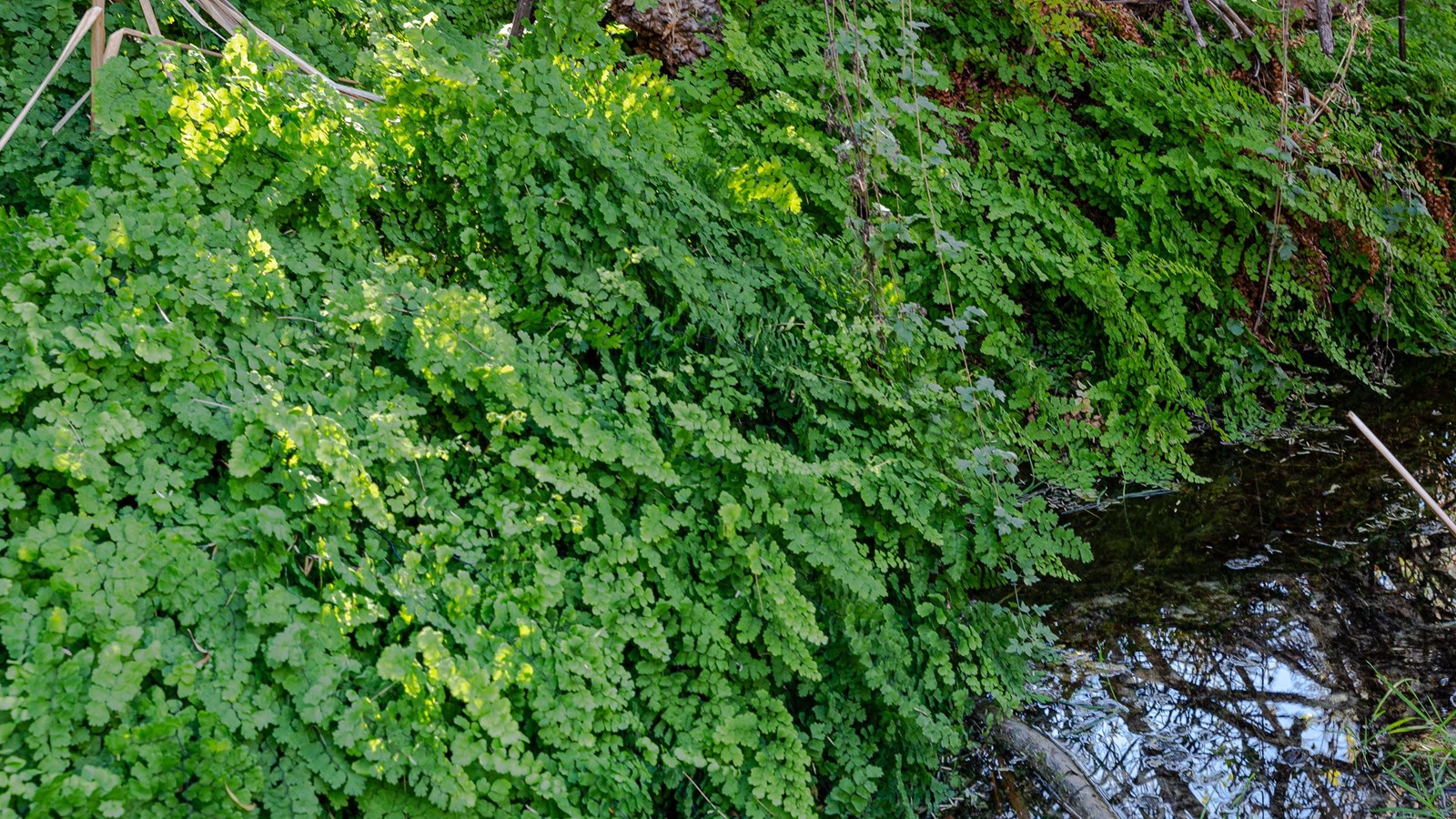Last updated: July 18, 2025
Place
Mule Ears Trail

NPS/CA Hoyt
Quick Facts
Location:
15 miles from the northern end of the Ross Maxwell Scenic Drive.
Significance:
Historic ranching
Amenities
4 listed
Cellular Signal, Historical/Interpretive Information/Exhibits, Parking - Auto, Trailhead
Trail Information
Roundtrip Distance: 3.8 miles (6 km)Elevation Change: 880 feet (243 m) cumulative elevation change
Average Hiking Time: 2 hours
Dogs and other pets are not allowed on any trails in the park.
The Mule Ears Spring trail is a hike through the desert to an historic corral and spring. For much of the journey, the trail crosses rolling desert terrain, descending into dry washes and climbing over low divides. Watch for cottonwood trees in the washes. Tallest of the desert trees, cottonwoods mark the location of a spring or water that is relatively close to the surface. Near the end of the trail, you'll skirt a large, rock corral. Continue past the corral and down the drainage to a small spring. The cool, shaded slope is covered with maidenhair ferns. Cattails line the slow-moving spring flow. Sit on the rocks and listen to the sound of water in the desert. Watch for birds coming into the trees, leopard frogs hopping into the water, and dragonflies patrolling the stream.
Beyond the spring, the Mule Ears Trail connects to the Smoky Creek Trail. Smoky Creek is an 18.3-mile desert hike that connects to the northern end of the Dodson Trail.
Accessibility
Watch for loose gravel and unsteady footing on this rolling dirt and rock trail. You'll need to navigate a number of short, but steep climbs out of the washes and across the divides.The paved parking lot at the trailhead provides parking for about 15 vehicles.
Hike Smart
Bring plenty of water!Carry 1 liter of water per person per hour that you plan to hike. The importance of carrying enough water in this hot, dry climate cannot be overstated!
Eat
Your body needs food for energy and salts and electrolytes to replace what it's losing from perspiration. The dry climate at Big Bend means that sweat often evaporates almost instantly; your body is likely losing lots of moisture and salts without you even realizing it. Eat plenty of salty snacks to keep your body's salt-to-water ratio in balance.
Sun protection
Carry sunscreen and use it liberally. Hats are also strongly recommended. It may seem strange to wear long-sleeved shirts and pants in hot weather, but many hikers choose lightweight, breathable clothing which covers their arms and legs to protect themselves from the sun.
Don't leave people behind
If you're hiking in a group, make sure the person in the back always has someone to help.
Be aware of wildlife
Keep an eye out for snakes, and remember to maintain a safe distance between yourself and all wildlife. Animals in the park are wild and should never be approached, harassed or fed.
Don't stack rocks
Cairns are stacks of rocks which are sometimes used to mark trails in areas where they are hard to follow. Randomly stacked rocks can lure hikers off the correct trail.
